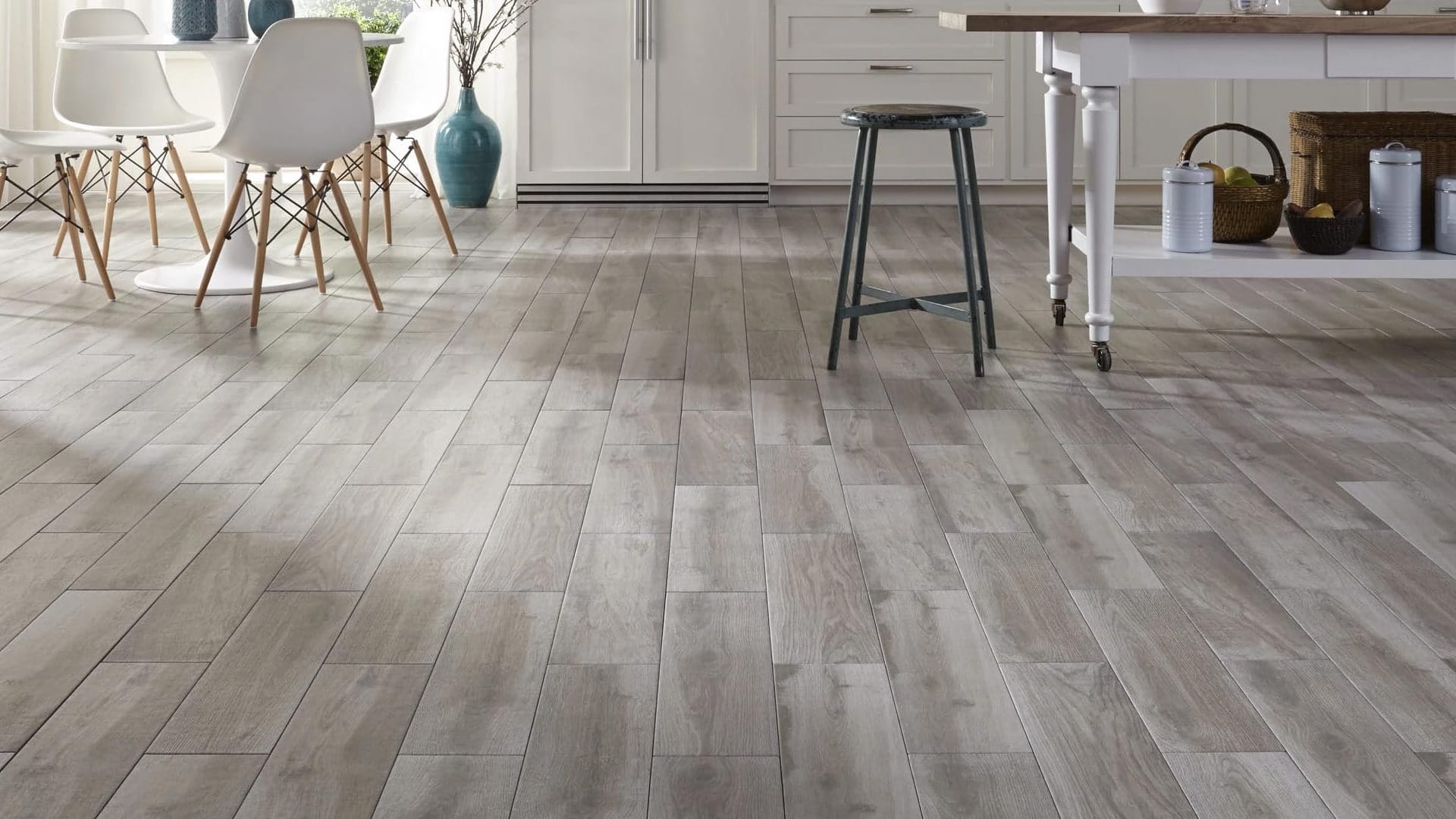ETotalHome - Flooring

Flooring
Flooring material makes a huge difference in the look and functionality of your home. Flooring is often taken for granted, but we pay close attention to flooring because it is always in use – you walk on it, place your bags and other items on it. Not only does flooring have to be durable, perhaps more importantly, it has to be comfortable. The best floor for your home is lifestyle dependent. Seniors won’t be comfortable standing for long periods of time on hard surfaces such as stone and tile. Hardwood may not be the best option if you have young children or family members prone to spilling food and drinks or pets that don’t have the best of manners when eating or drinking from their bowls.Porcelain
If tile is the option for you, we suggest porcelain because it is more durable than ceramic and it's easy to maintain. Porcelain is virtually stain proof if installed properly. Cleaning is as easy as soap, water and a mop. For budget purposes, porcelain runs between $10 to $16 per square foot, including installation.Ceramic Tile
Ceramic tile is made from clay and like porcelain is better suited to our customers with young children and pets than a hardwood floor. The downside to ceramic is its susceptibility to chipping or breaking.Travertine
Travertine is another extremely durable option. It’s natural. The cost is generally 30% more than porcelain.Vinyl Tile
If your budget is thin, consider vinyl tile. That averages between $5 and $9 per square foot installed. With vinyl it’s easier to replace damaged tiles than ceramic or porcelain. Plus, given the low cost it generally is worthwhile to purchase a few extra tiles from the original installation. That’s good advice for any flooring material because no matter how cautious you are, there is a chance that at some point in time, something can drop on the floor that could damage it.Hardwood Flooring
Hardwood is elegant, dramatic and warm. Many of our customers prefer hardwood because tile and stone feel cool and hard. The downside to hardwood in a kitchen is that excessive water can be damaging. If your icemaker, kitchen faucet or dishwasher leaks when you are not around, it could spell trouble for your hardwood floor. Similar to stone, hardwood is a natural product, and not all wood panels will be identical. Wood grain tile flooring offers many of the benefits of hardwood but won’t be damaged by water. If you would like to discuss the flooring options for your new kitchen, please give us a call 346-410-0755 or visit our showroom at 950 FM 1960 Rd. E. Suite C, Houston, TX 77073. We focus on flooring because we know your feet will thank us for many years to come as you enjoy your new kitchen.When it comes to installing flooring in your kitchen, bath or other areas of your home, there are many factors to consider. The price, durability and type of flooring are just a few, but it's not a bad idea to understand the actual process of installation to insure a successful outcome. To make your flooring experience easier, we have compiled some useful tips so you can achieve the best results.
